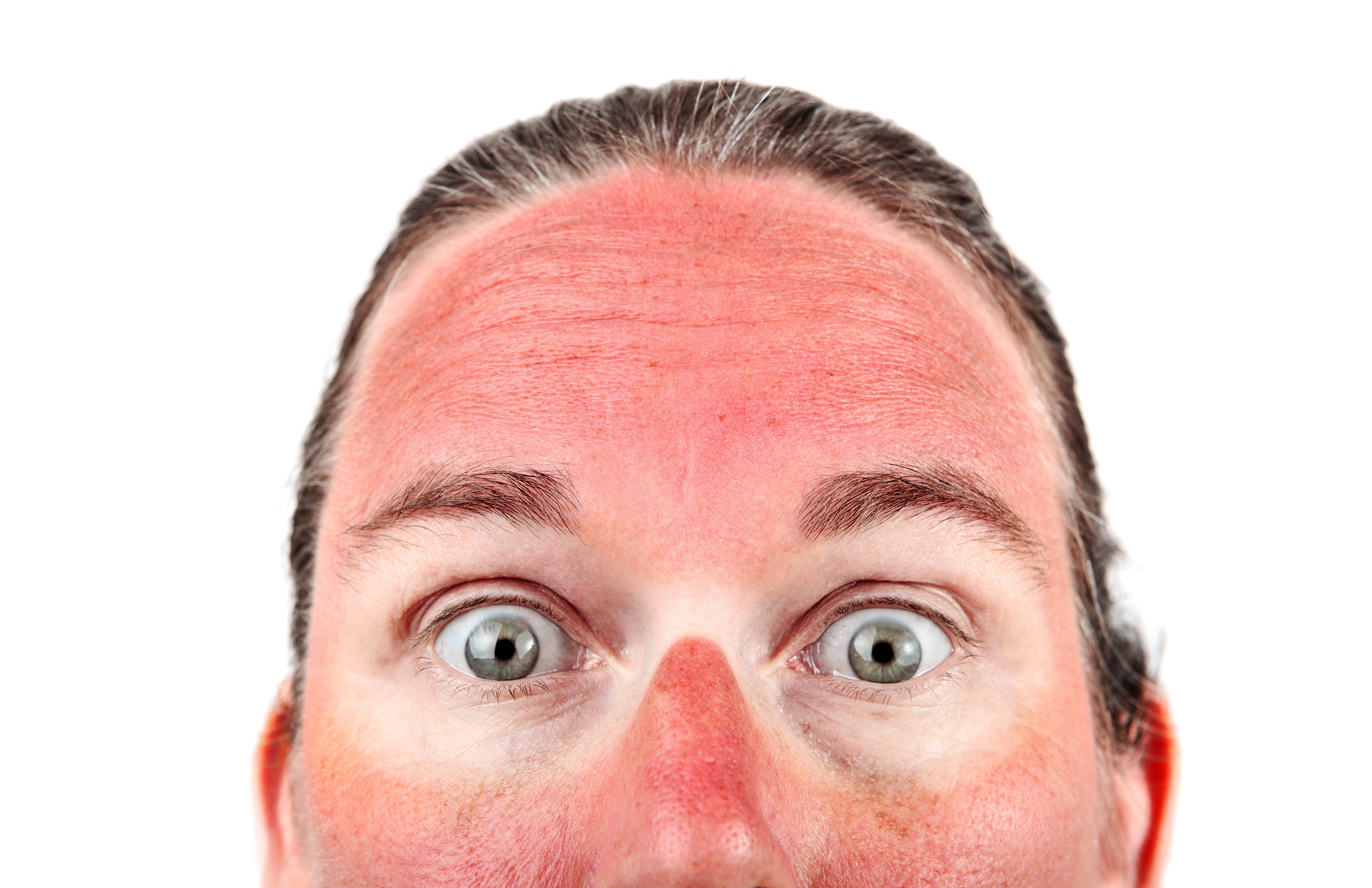
Sunshine. It's why many of us choose to live in Florida, the Sunshine State. But too much of a good thing can be a bad thing, and that's certainly true about getting too much sun, which can lead to skin cancer.
Skin cancer is the most common cancer in the United States. It is estimated that one in five Americans will develop skin cancer in their lifetime. However, skin cancer is also one of the most preventable types of cancer.

Mercedes Florez-White, M.D.
"Exposure to the sun's harmful ultraviolet (UV) rays is the most preventable risk to skin cancer," says Dr. Mercedes Florez-White, a dermatologist at FIU Health and associate professor of dermatology at the Herbert Wertheim College of Medicine. "Unfortunately, many people do not practice safe sun."
A recent survey by the American Academy of Dermatology (AAD) found that "only half of Americans always or almost always protect themselves from the sun when they're outside." The AAD warns that "even one blistering sunburn during childhood or adolescence can nearly double a person's chance of developing melanoma, the deadliest form of skin cancer, later in life." Melanoma kills about 20 Americans every day.
How to practice safe sun
Keep in mind that everyone is at risk of skin cancer - regardless of age, gender or race. You need to protect yourself from the sun. Here are some simple steps Dr. Florez-White says you can take to reduce your sun exposure and risk of skin cancer.
- SEEK SHADE-especially from 10 a.m. to 4 p.m. when the sun's rays are the strongest.
- WEAR PROPER CLOTHING-long-sleeved shirts, pants, a wide-brimmed hat and sunglasses. Yes, your eyes also need protection!
- USE SUNSCREEN-apply a broad-spectrum, water-resistant sunscreen with an SPF of 30 or higher. Reapply every two hours or after swimming or sweating.






